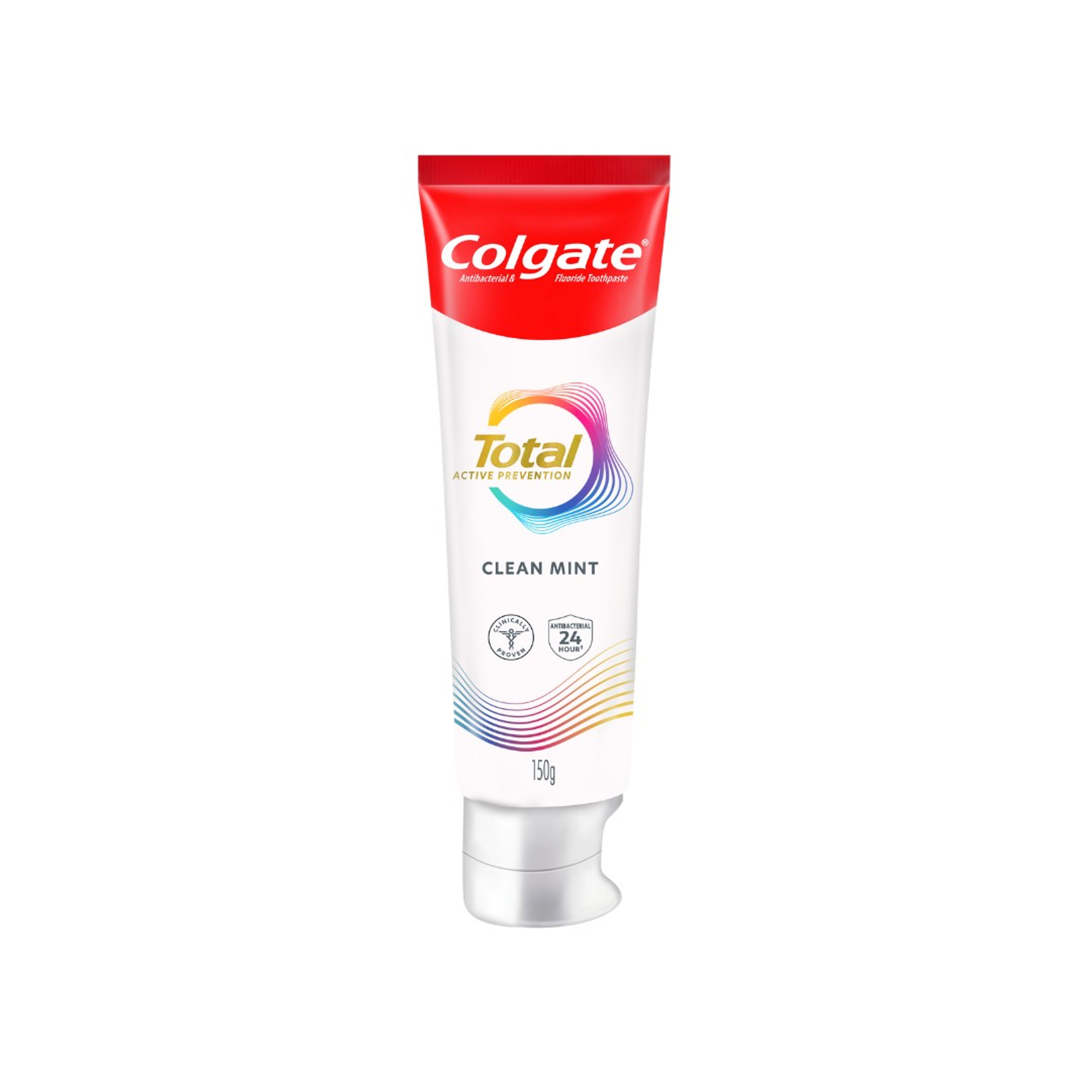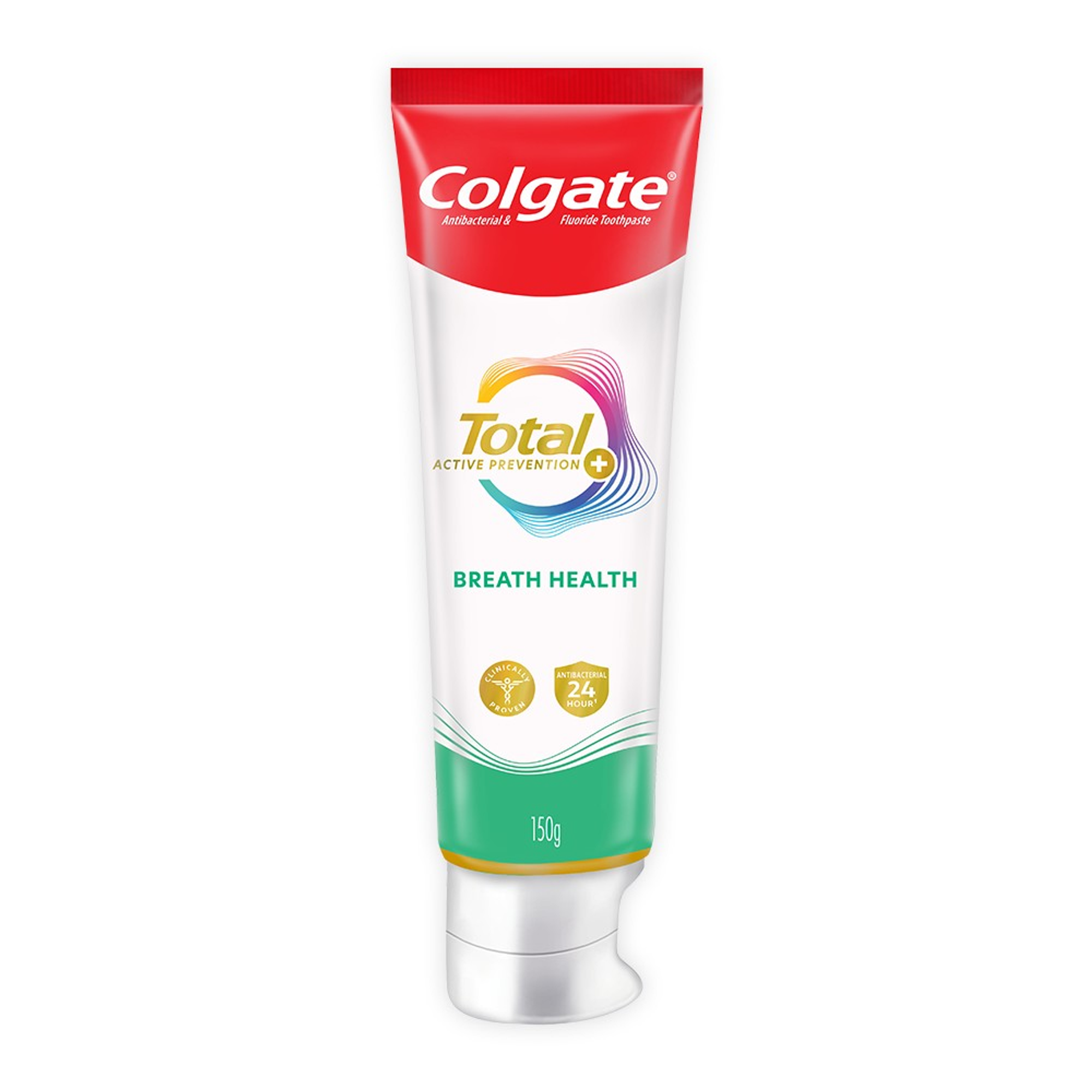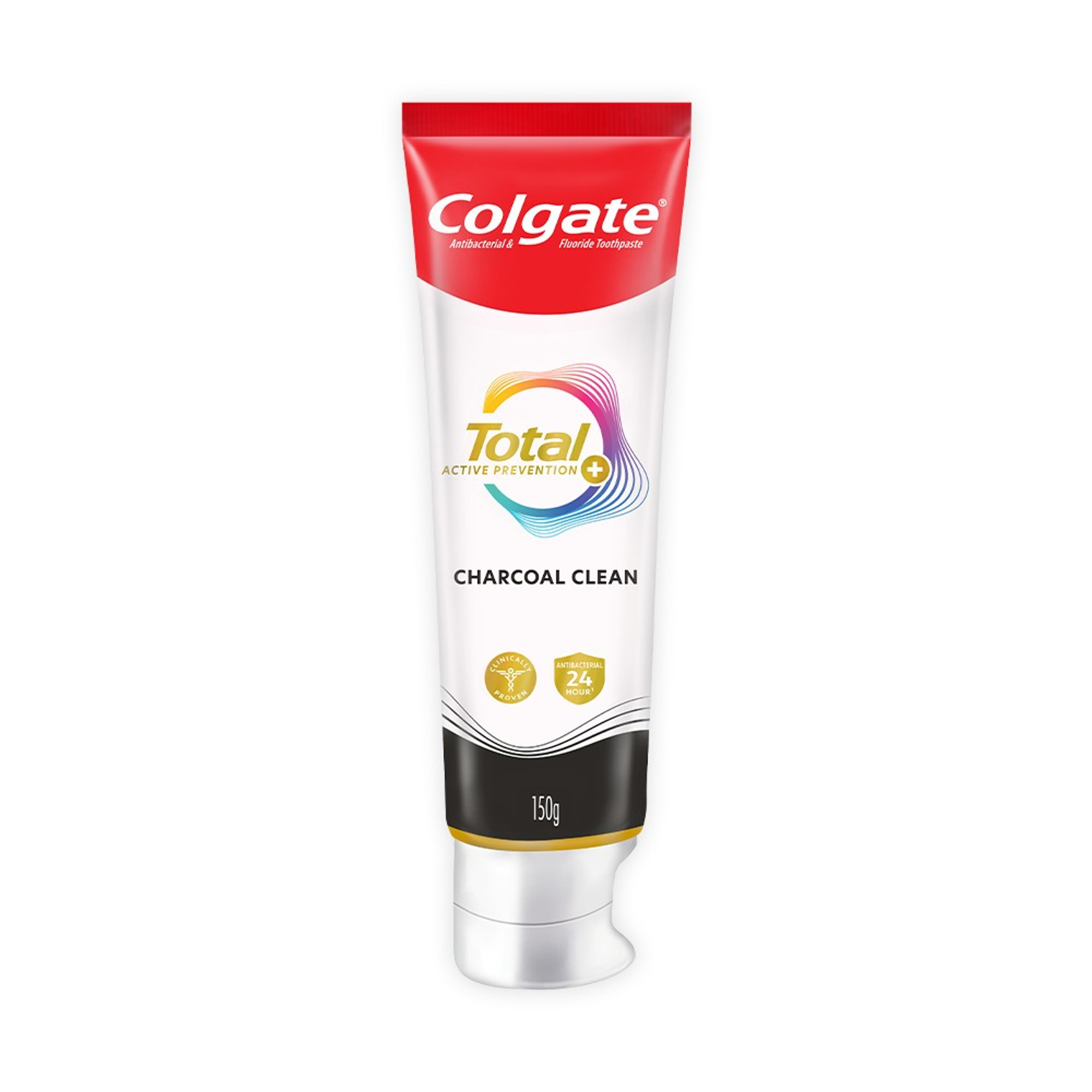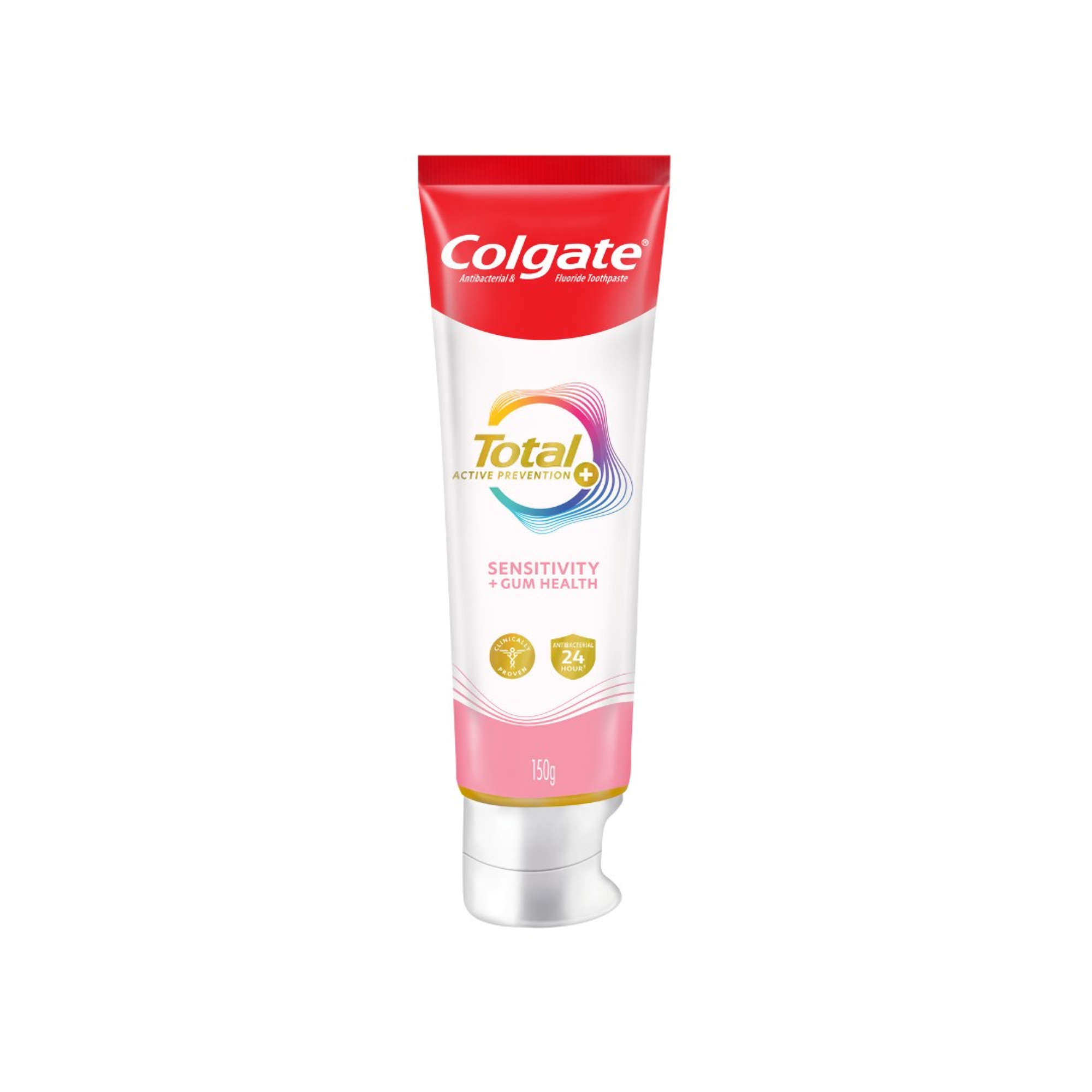-
-

ADULT ORTHODONTICS
Should You Use Mouthwash Before or After Brushing?Brushing and flossing are the foundation of a good oral hygiene routine, but mouthwash can also be a useful addition...

SELECTING DENTAL PRODUCTS
Soft Vs. Hard Toothbrush: Which One Should You Use?The toothbrush has come a long way. As the American Dental Association (ADA) notes...
-
Science & Innovation
- Oral Health and Dental Care | Colgate®
- Oral Health
- Tooth Whitening Continues To Be A Popular Dental Request


You want to look good. For some people that means nice clothes or a new haircut, while for many others it is having a whiter smile. A 2007 survey of cosmetic dentists conducted by the American Academy of Cosmetic Dentistry reported that tooth whitening procedures appear to be increasing each year. The results of this 2007 survey indicated a 15 percent increase over the 2005 survey. (1)


Purple Toothpaste
THE BEAUTY HACK THAT LET YOU SHINE IN AN INSTANT!
There are a number of tooth whitening options to consider including in-office bleaching, at-home bleaching and whitening products sold over the counter such as whitening toothpastes, whitening strips, whitening pens and whitening mouth rinses. It is important to consult with your dentist to determine the type of whitening treatment he/she feels is in your best interest. Your dentist will take into account the shade of your teeth and what can be done to make them whiter and more attractive.
In-office Bleaching – This type of bleaching is conducted in the dentist’s office and can be done in one or two visits. The in-office bleaching options are tray bleaching and bleaching through the use of lasers. In tray bleaching, an impression of the teeth is taken and individualized, custom-fit trays are made to fit your teeth. This process may take several office visits to get the level of whitening desired. The bleaching gel is applied in the tray and then onto the teeth. A custom-fit tray will help to decrease the bleaching gel’s contact with the gum tissue.
For laser bleaching, the dentist applies a rubber dam or a protective gel to cover the gum tissue. Then, a bleaching gel is applied to the teeth for a certain length of time. The ultraviolet laser light may be used to activate the whitening agent in the bleaching gel. Several appointments will be set up for this procedure. Laser-enhanced bleaching does provide significant results in whitening your smile, though they are more expensive than at-home bleaching. Whitening kits are also provided to continue whitening at home after their in-office procedure.
At-home Bleaching – Schedule an appointment to meet with the dentist who evaluates what type of at-home bleaching system would be best based upon the color/shade of the teeth. An impression of your teeth is taken to develop a custom-fit tray(s). You will then be taught how to use the whitening system. The whitening system is used once or twice daily for one to two weeks and tooth sensitivity is monitored. At-home bleaching is a longer process than in-office bleaching.
Over-the-counter Products – This type of bleaching is self-applied and so it is important for you to read the directions for use and what specifically needs to be done. Some of the over-the-counter products are whitening strips, prefabricated trays, paint-on agents, toothpastes and mouth rinses.
Whitening strips deliver the active ingredient on film strips. Whitening strips are placed onto the teeth up to two times per day for 30 minutes for about two weeks.
Prefabricated trays contain the active bleaching ingredient that is placed into the upper and lower trays. These trays are worn 30-60 minutes each day for five to 10 days.
Paint-on whitening products are actually painted onto the tooth surface. They can be used for several days pending the type of paint-on system.
Toothpastes formulated with peroxide would have the shortest time to expose the active ingredient to the teeth.
Mouth rinses with an active whitening ingredient can also be used to whiten teeth, but also provide less exposure of the active ingredient to teeth. Consult your dentist to learn which whitening mouth rinse would be best for you. Should add more information regarding the OTC toothpastes that remove surface stains and how they work.
Related Products

Helping dental professionals
More professionals across the world trust Colgate. Find resources, products, and information to give your patients a healthier future











